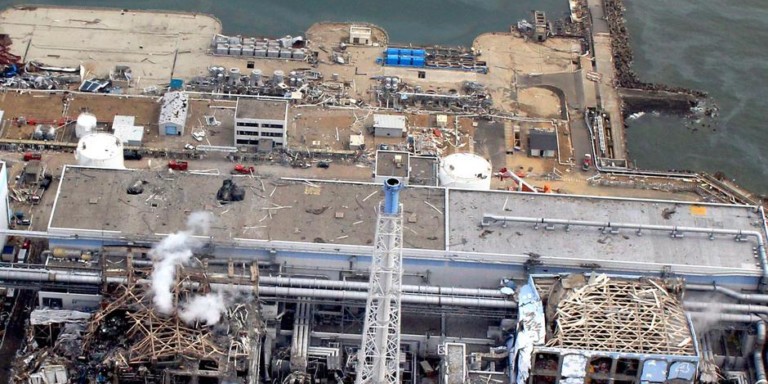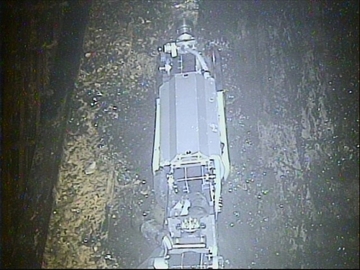Fukushima Radiation Update 2017
Posted February 19, 2017 by David Schumann | A Nuclear World

The update on the Fukushima Radiation situation for February of 2017 does not bring good news. The picture is still bad, radiation levels are still extremely high, nuclear cores have yet to be located, and there is still a constant struggle to keep the radiation out of the biosphere.
A recent report (and here) details an attempt to use a robot to retrieve some of the lost nuclear cores within one of the reactors at Fukushima. Like the prior ones, it was destroyed by radiation and unable to complete the mission. The extremely long half-life times of these radioactive isotopes means that the radiation levels in this area will be high for many more decades, leaving little hope that the nuclear cores will be located and properly disposed any time in the near future.
It recorded radiation measures in the area of 210 sieverts per hour, which are lethal enough to kill a human within two minutes.
This is not the first time a robot has become inoperable after entering the reactor.
During a previous survey, another robot designed to clean the debris for Sasori’s passage had to return halfway through when two of its cameras failed after being exposed for two hours to radiation and reaching its maximum tolerance of 1,000 sievert. Such an exposure to radiation can kill a human within seconds.
Despite the dangerously high levels of radiation, company officials said it was not leaking outside the reactor.
The ‘Scorpion’ robot used to attempt extraction of the nuclear cores:
Wildfires Near Fukushima
As of May 9th, wildfires are spreading towards residential areas in the city of Kamaishi in the Iwate Prefecture and Namie in the Fukushima Prefecture. The nuclear disaster that occurred at the Fukushima plant in 2011, has left these areas littered with some of the worst radioactive particles. The heat and smoke produced by these wildfires causes this radioactive pollution to rise into the atmosphere, where it becomes a global health threat. As radiation continues to leak from Fukushima with no end in sight, these types of threats will continue to wreak havoc on global health.

Comments ( 0 )